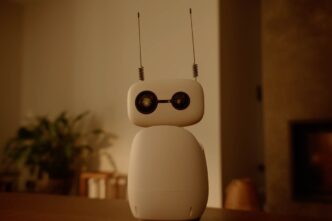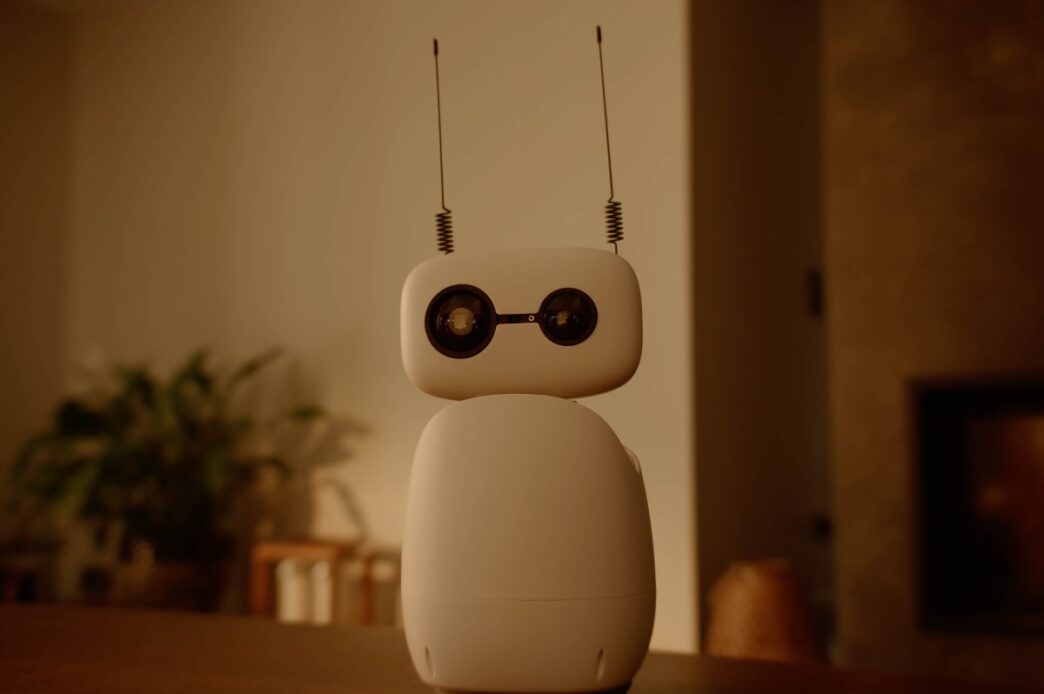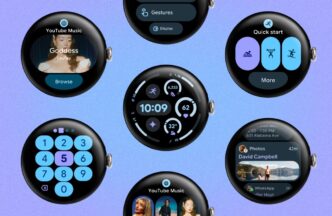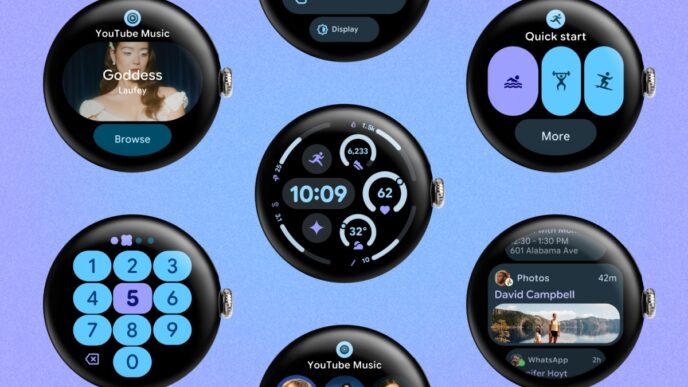Hugging Face is now taking orders for its Reachy Mini desktop robots. Two versions are available: Reachy Mini Wireless at $449 with a Raspberry Pi 5 onboard, and Reachy Mini Lite at $299 requiring external computing.
The robots come as kits for developers to assemble. They’re about the size of a stuffed animal, with two screens for eyes and antennas. Fully programmable in Python, they ship with demos and link to the Hugging Face Hub, offering access to 1.7 million AI models and 400,000+ datasets.
CEO Clém Delangue shared with TechCrunch the dual-launch was inspired by user feedback—specifically, a five-year-old tester wanting to carry the robot around. The company sees this as typical user input guiding future iterations.
“The goal in the future is to keep carefully getting a lot of feedback like that from users, from the community, that’s how we’ve always been building products at Hugging Face as an open source community platform,” Delangue said.
“By the nature of it being open source, it means that people will be able to extend it, modify it, change everything they want.”
The Reachy Mini kits target AI developers looking to build and test apps. Users can create custom features and share them with the community.
“Anyone will be able to build their own specific features and apps for Reachy Mini that then they’ll be able to share with the community,” Delangue said.
“So we hope that it’s really going to unleash the creativity of builders to build, you know, millions of different applications, millions of different features that they can share with the community, so that anyone can then, like, plug and play with it.”
Reachy Mini Lite ships next month. The wireless model follows later this year. Hugging Face emphasized fast delivery rather than long pre-orders.
“I feel like it’s really important for the future of robotics to be open source, instead of being closed source, black box, [and] concentrated in the hands of a few companies,” Delangue added.
“I think it’s quite a scary world to have like millions of robots in people’s home controlled by one company, with customers, users, not really being able to control them, understand them. I would much rather live in a place, or in a world, or in a country, where everyone can have some control over the robots.”














